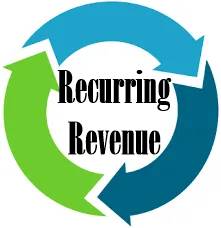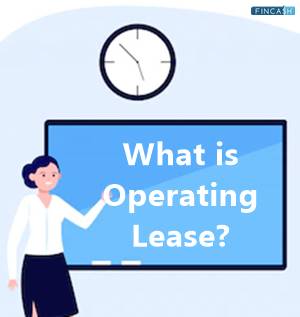What is Operating Revenue?
Operating revenue is the Income generated by the business out of its operating activities, which is the primary business activity. A business carries out many activities throughout its course of operations. The primary activities include the ones that are the main objective of a business. These are the core business operations. For example, for wholesale or retail merchandise selling enterprises, the primary activity is to sell their products. Alternatively, for enterprises providing services, the primary activity is to provide those services.
In the examples mentioned above, the primary activity is the sale of clothes and the provision of services like haircuts, etc. It is important to note that primary activities also include the activities carried out to facilitate the manufacture or sale of products. This implies that activities done to manufacture, develop, distribute, and sell products or services come under the purview of primary activities. After-sales services are also a part of the primary activity of the business.
Marketing of products is also a part of the primary activity, as it facilitates the sale of products.
Operating Revenue Examples
Suppose there is a firm that sells clothes. Its operating revenue will be one generated from only the sales of clothes and nothing else. This is true for any business or company that deals in selling a product. Similarly, for an enterprise selling a service, say a salon, the revenue generated by Offering the services such as haircuts, facials, pedicures, etc. only, will account for operating revenue. For a Manufacturing enterprise, the operating revenue will be the revenue generated from manufacturing a particular product.
Importance of Operating Revenue
Operating revenue is the revenue generated from only the primary business activities, and thus, it shows the actual profitability of the business. A business can have a high revenue but low operating revenue. This might mean that the non-operating revenue is high. This might mislead users of the business’s financial statements. Thus, distinguishing operating revenue is important.
Operating revenue also helps in identifying various sources from which the business is generating its income.
Talk to our investment specialist
Difference Between Operating Revenue and Non-Operating Revenue
Revenue is of two types: Operating and Non-Operating.
If operating revenue is the revenue from the primary operating business activities, non-operating revenue is from non-operating (non-primary) activities of a business.
Non-operating revenue includes:
- Gain on sale of fixed assets
- Gain on sale of investments (this is not a non-operating revenue for financial institutions like banks)
- Interest income (this is not a non-operating revenue for financial institutions like banks)
- Dividend income
- Rent income
- Gains from discontinued operations
Difference Between Operating Revenue and Operating Income
The term income is broader than the term revenue. The major difference between operating revenue and operating income is that operating income is the sum total of all the incomes of the business minus the operating expenses, while operating revenue is only the income from primary business operations. Operating income is calculated as follows:
Operating Income = Total Revenue - Direct Costs - Indirect Costs
Difference Between Operating Revenue and Gross Profit
Gross profit is the revenue minus the cost of goods sold. The Cost Of Goods Sold (COGS) is the cost of acquiring or manufacturing the products or services. Thus, gross profit shows the income earned by the sale of products or services after deducting the cost borne for producing the goods or services. Its formula is as follows:
Gross Profit = Total Revenue - COGS
Conclusion
Operating revenue can be easily found in the income statement (in the case of a company) or the statement of profit and loss (otherwise). If a business has to determine its real Earnings, it can be assessed through the operating revenue. The operating revenue figures for various years can be compared to determine the business growth. Also, this revenue of one firm can be compared with that of another firm to determine the comparative growth of the business.
All efforts have been made to ensure the information provided here is accurate. However, no guarantees are made regarding correctness of data. Please verify with scheme information document before making any investment.












